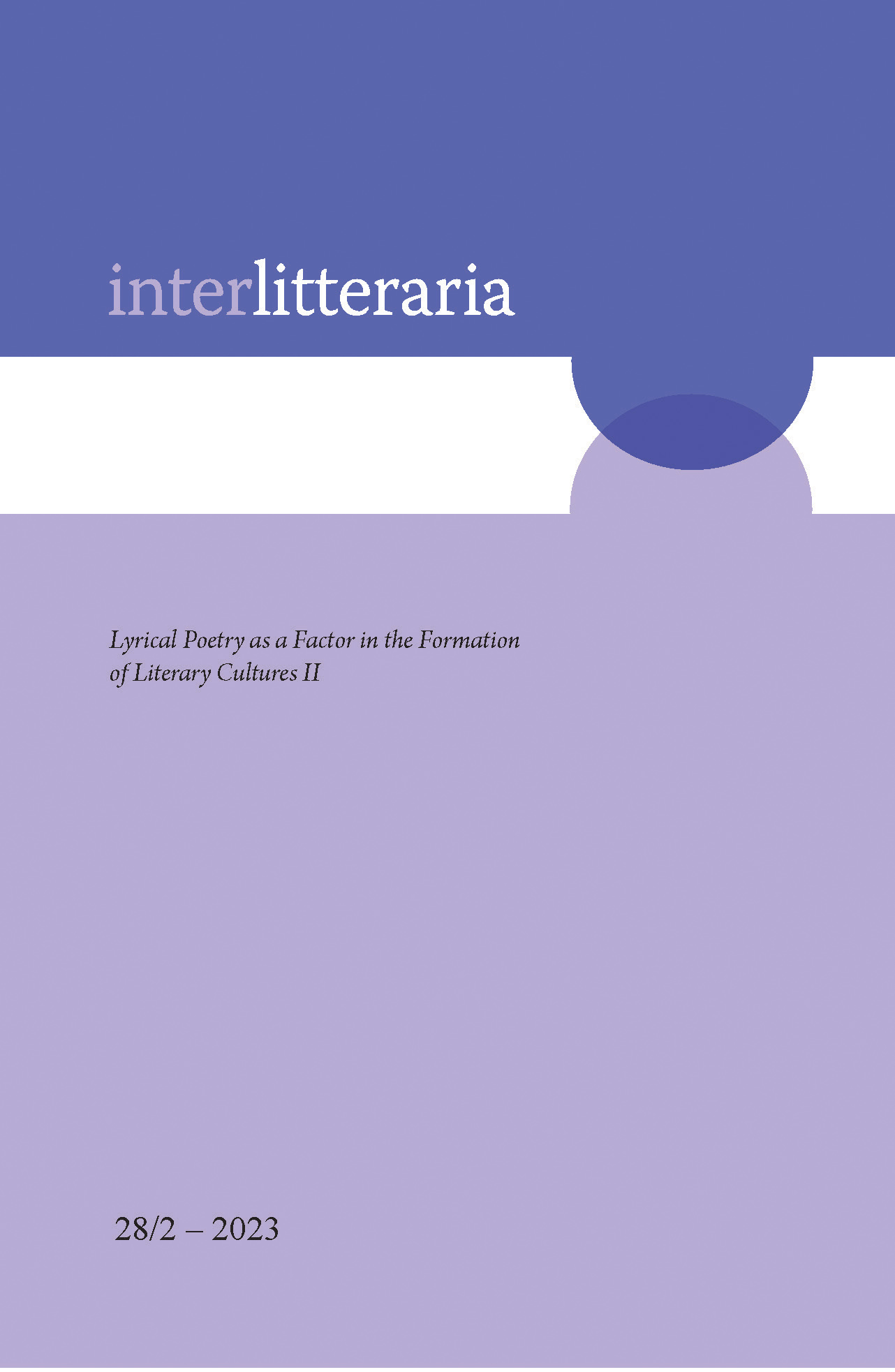Tension in Modernist Art and Lyric Poetry at the Beginning of the 20th Century in Estonian Culture: Ernst Enno and Others
DOI:
https://doi.org/10.12697/IL.2023.28.2.11Keywords:
lyric poetry, modernism, innovations, symbolism, verbal texts, visual textsAbstract
The Young Estonia group (1905–1919) was at the centre of Estonian literature at the beginning of the 20th century, when Estonian poetry was both experimental and imitative. Gustav Suits was officially the creator of modern Estonian poetry. At the same time there were poets who wrote original poems that did not imitate previous work. Juhan Liiv was one of these, and Villem Grünthal Ridala and Ernst Enno continue in the same vein. Enno’s nature poetry is pantheistic and symbolic, emotional and sensitive to nature, at times suggesting transcendental cognition. He was interested in Oriental religion, which influenced his poetry to become less rational and more mystical. Ridala and Enno also used visual effects, and their texts have been set to music as well as becoming part of the visual arts in films and serials. The paper analyses the verbal texts of Enno and Ridala, and the interaction between visual and verbal texts.
Downloads
Downloads
Published
Issue
Section
License
Copyright (c) 2023 Anneli Mihkelev

This work is licensed under a Creative Commons Attribution-NonCommercial-NoDerivatives 4.0 International License.
The contents of Interlitteraria are published under CC BY-NC-ND licence.


